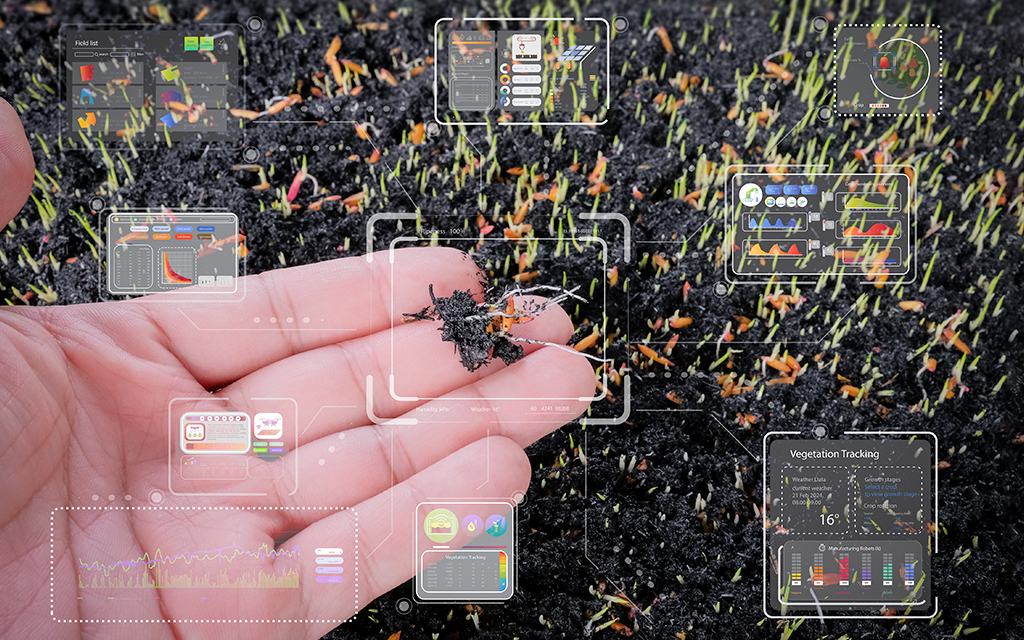Cultural heritage assets across Europe face growing threats from environmental pressures, human activities, and structural deterioration. Traditional preservation methods, often reliant on static documentation, are no longer sufficient to anticipate or mitigate these complex challenges.

The ARGUS project is addressing this gap by developing PANOPTES, a pioneering digital twin ontology designed to revolutionise cultural heritage management through dynamic monitoring, predictive analytics, and data-driven decision-making.
From Static Records to Dynamic Knowledge
PANOPTES is a semantic framework that unifies the processes of observation, diagnosis, prediction, and conservation within a single, interoperable digital ecosystem. The ontology builds upon established international standards such as CIDOC CRM, SOSA/SSN, PROV-O, GeoSPARQL, and OWL-Time. This foundation ensures that PANOPTES is both semantically robust and fully compatible with existing cultural heritage data frameworks, facilitating seamless integration, data sharing, and interoperability across diverse heritage management systems.
Unlike traditional ontologies that primarily store static metadata, PANOPTES introduces a dynamic, predictive, and asset-centric approach. Every observation, measurement, diagnosis, and decision is directly linked to a specific heritage asset, creating a traceable, holistic record of its conservation journey. By capturing temporal variations and integrating real-time data from multimodal sensors, PANOPTES enables a continuously evolving understanding of the asset’s condition and risks.
Core Structure and Functionalities
PANOPTES models the entire preservation workflow through interconnected entities representing real-world heritage management processes:
- Assets define cultural heritage entities such as monuments, sites, or artefacts.
- Measurements record observational data about environmental or structural conditions, supported by specific instruments.
- Diagnoses interpret these data to evaluate asset health.
- Predictions use computational models to forecast deterioration or identify potential threats.
- Decisions, guided by predefined policies and rules, support evidence-based conservation actions.
- Threats and Events document environmental or anthropogenic impacts that could compromise heritage integrity.
This interconnected framework establishes a semantic “digital twin” — a living digital representation of each cultural asset, capable of integrating new information and supporting continuous assessment and management.
Predictive and Preventive Preservation
By combining sensor-based monitoring, AI-driven predictive modelling, and semantic reasoning, PANOPTES enables a transition from reactive to preventive conservation. It can forecast deterioration trajectories, assess risks, and recommend timely interventions. This approach allows heritage authorities to prioritise actions and allocate resources more effectively, preventing irreversible damage.
Pilot deployments within the ARGUS project are already demonstrating its potential in two key domains:
- Structural Monitoring: sensor networks track minute deformations such as crack width variations in historical monuments to predict risk escalation.
- Environmental Risk Monitoring: data on humidity, temperature, and pollutants inform preventive measures in museums and historic buildings.
These pilots showcase PANOPTES as a practical, adaptable tool capable of supporting heritage management in both open-air sites and controlled environments.
Interoperability and Decision Support
A defining strength of PANOPTES is its semantic interoperability. By aligning with global standards and integrating relational database architectures, the ontology facilitates data sharing, cross-project collaboration, and large-scale analyses across diverse heritage sites. Its decision-making framework structures relationships between diagnoses, predictions, and actions, ensuring that conservation strategies are transparent, policy-driven, and evidence-based.
This structure supports integration with digital twins and decision support systems, enabling users to visualise and simulate alternative conservation scenarios — a vital capability for managing complex, multi-factor risks.
Impact, Challenges, and Future Directions
The introduction of PANOPTES represents a major step forward in the digital transformation of cultural heritage management. It embodies a paradigm shift from documenting the past to safeguarding the future — leveraging semantic technologies, AI, and data integration to anticipate risks before they cause irreversible damage.
Despite its transformative potential, several challenges remain to be addressed. These include the complexity of deploying ontology-based systems, the substantial effort required to harmonise heterogeneous datasets, and the ethical considerations surrounding data ownership, representation, and cultural sensitivity. To ensure that the system remains inclusive and contextually grounded, the ARGUS initiative places strong emphasis on participatory design, actively involving local communities, heritage professionals, and policymakers in shaping how the ontology evolves and is applied.
Looking ahead, ARGUS will continue to expand PANOPTES to encompass new asset types and environmental contexts, scaling its application across diverse heritage sites. Ongoing development will also refine the ontology’s predictive capabilities through advanced AI-driven modelling, while continued pilot studies will serve to validate its robustness, scalability, and usability in real-world conservation scenarios.
A Milestone for the ARGUS Project
PANOPTES is not only a scientific milestone but also a cornerstone of the ARGUS vision — to create a new generation of digital heritage management systems capable of understanding, predicting, and mitigating risks to Europe’s cultural legacy. By bridging sensing, semantics, and simulation, PANOPTES demonstrates how data-driven technologies can empower decision-makers to protect the tangible and intangible dimensions of cultural heritage.
As the ARGUS project advances, PANOPTES is poised to become a benchmark for digital twin technologies in the heritage domain — transforming conservation from a static record-keeping exercise into a dynamic, predictive, and collaborative endeavour that ensures cultural treasures endure for generations to come.